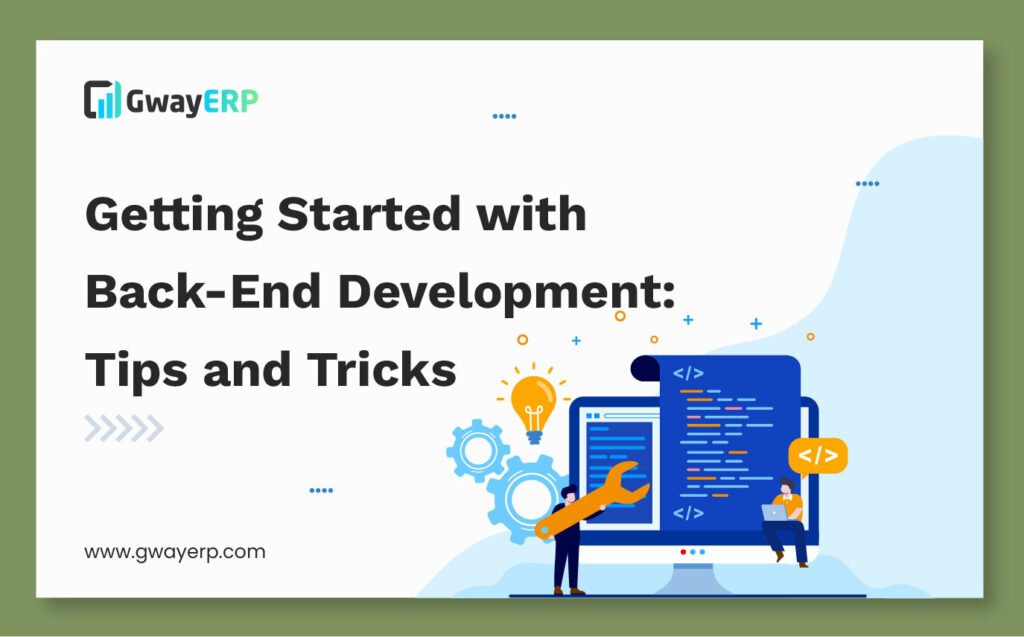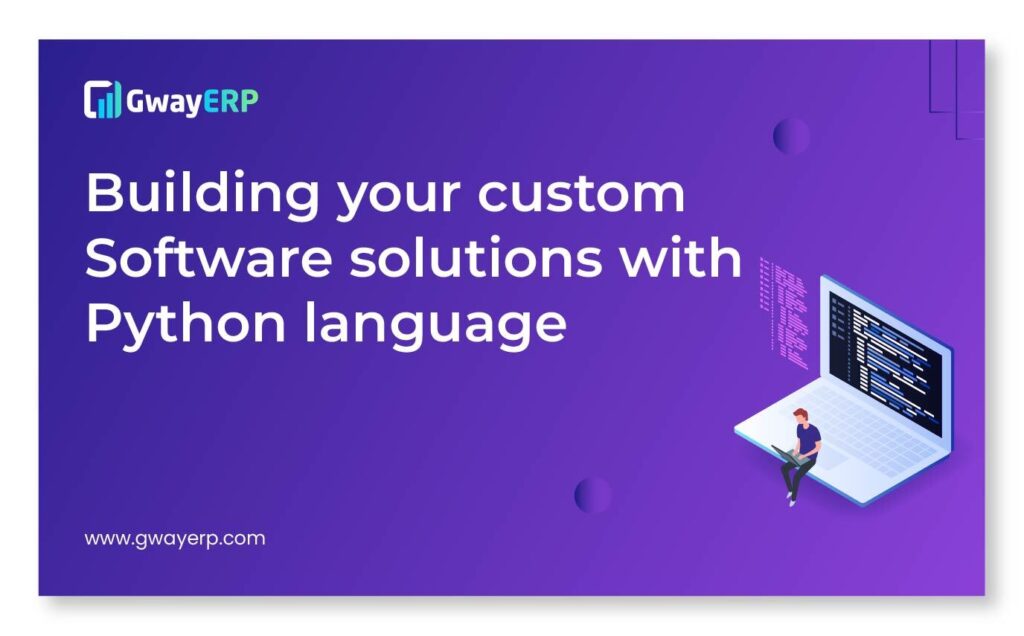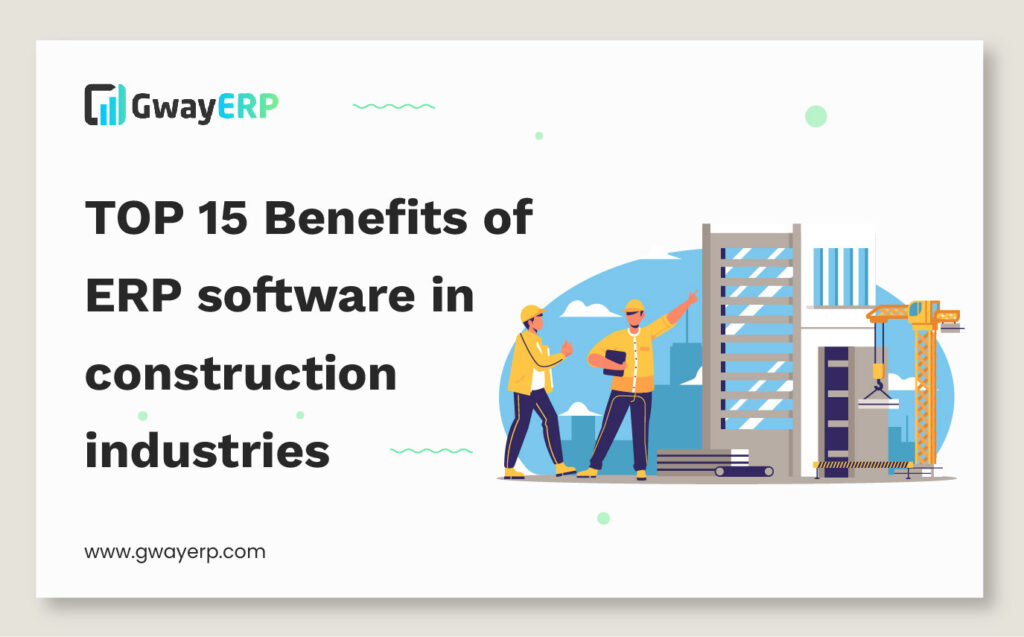
I. Introduction:
In the cutting-edge dynamic landscape of web and custom software development program improvement, the significance of back-quit development can not be overstated. It bureaucracy the robust foundation upon which any successful utility is constructed. If you’re captivated by delving into the nation-states of coding and databases, with the goal of raising your web improvement skills, you’ve arrived at the suitable vacation spot. In this comprehensive guide, we are dedicated to equipping you with invaluable suggestions and techniques to launch your journey into the sector of returned-quit improvement. Regardless of whether you’re a newcomer to programming or a front-stop developer keen to broaden your skill set, the insights we provide here are designed to empower you to your path to achievement
II. Understanding the Basics of Back-End Development
Before we dive into the sensible elements of returned-give up improvement, it is important to have a solid understanding of its basics. Let’s discover the basics so as to function as the foundation on your adventure.
1. What is Back-End Development?
Back-cease improvement entails constructing and preserving the server-side of internet applications. This manner dealing with databases, coping with consumer authentication, and ensuring the software’s easy functioning behind the curtain.
2. Key Technologies in Back-End Development
- Server-Side Languages: Languages like Python, Ruby, Node.Js, and PHP are typically used for back-quit development. Choose one that aligns with your project’s necessities and your private alternatives.
- Databases: Familiarize yourself with databases like MySQL, PostgreSQL, MongoDB, and Redis. Each has its particular strengths, so information about their purposes is crucial.
- Frameworks: Frameworks consisting of Django, Ruby on Rails, Express.Js, and La-ravel can substantially accelerate improvement via offering pre-built solutions.
III. Setting Up Your Development Environment
To embark on your returned-cease software development adventure, you may need suitable development surroundings. Let’s discover the stairs to installation your workspace correctly.
1. Choose the Right Code Editor
Selecting a code editor is step one. Popular picks encompass Visual Studio Code, Sublime Text, and Atom. These editors offer effective capabilities and extensions tailor-made for net improvement.
2. Version Control with Git
Git is a critical tool for monitoring changes to your codebase. Platforms like GitHub and GitLab offer web hosting offerings on your repositories, making it less difficult to collaborate with others.
3. Installing the Required Software
Depending on your preferred technology stack, you may want to install the applicable software program. Use package deal managers like npm for Node.Js or pip for Python to streamline this manner.
IV. Learning a Back-End Language
Now that your environment is installation, it’s time to delve right into a back-cease programming language. Your choice right here will impact your improvement journey extensively.
1. Python: Versatility and Readability
Python is thought for its clean and readable syntax, making it a fantastic choice for novices. Popular frameworks like Django and Flask make Python even more appealing for returned-cease development.
2. JavaScript (Node.Js): Full-Stack Power
If you are already acquainted with JavaScript from front-quit development, Node.Js is a herbal development. It lets you to use JavaScript for each front-cease and again-give up improvement, growing a unbroken complete-stack revel in.
3. Ruby: Elegant and Developer-Friendly
Ruby, paired with the Ruby on Rails framework, is understood for its developer-pleasant approach. It emphasizes conference over configuration, that can improve your productiveness.
4. PHP: Web Development Legacy
PHP has a long-standing record in net improvement. While it can not be as brand new as different languages, it still powers a sizable part of the internet, making it a treasured ability to have.
V. Diving into Databases
Once you have mastered your preferred language, it’s time to explore databases and the way they interact with your lower back-cease code.
1. Relational Databases (SQL)
Learn approximately relational databases like MySQL and PostgreSQL. Understand how to create tables, manipulate records, and carry out complicated queries to retrieve and control facts.
2. NoSQL Databases
Explore NoSQL databases like MongoDB, which give flexibility in coping with unstructured data. These databases are especially useful for applications with continuously changing facts systems.
3. Data Modeling and Schema Design
Mastering data modeling is important for efficient database management. Learn to layout schemas that optimize information garage and retrieval.
VI. Building API Endpoints
APIs (Application Programming Interfaces) are the bridge between the front-stop and again-cease of your utility. They enable communication and data to alternate. Let’s delve into building sturdy APIs.
1. RESTful APIs
Understand the principles of REST (Representational State Transfer) and create RESTful APIs to enable verbal exchange between your application’s components.
2. GraphQL
Explore GraphQL, an alternative to REST, which permits customers to request precisely the records they want, lowering over-fetching and underneath-fetching of information.
3. Authentication and Security
Implement authentication mechanisms like JWT (JSON Web Tokens) to ensure secure API access. Learn about satisfactory practices for securing your returned-stop against commonplace vulnerabilities.
6: Testing and Debugging
Quality warranty is an important aspect of back-end development. Ensure your code works perfectly with thorough trying out and debugging.
1. Unit Testing
Write unit exams to verify that character additives of your code paintings as meant. Tools like Jest (for JavaScript) and PyTest (for Python) can streamline this system.
2. Integration Testing
Test how different additives of your utility paintings together to perceive any integration troubles. Tools like Postman and Super test can help in trying out APIs.
3. Debugging Techniques
Learn effective debugging techniques to identify and connect mistakes to your code. Debugging tools provided using your chosen language and editor may be valuable.
VII. Deployment and Scalability
Now that your again-end is prepared, it’s time to deploy your utility and put together it for boom.
1. Choosing a Hosting Provider
Select a hosting provider that suits your wishes and budget. Options encompass AWS, Heroku, Google Cloud, and greater. Consider factors like scalability, server control, and price.
2. Continuous Integration and Deployment (CI/CD)
Implement CI/CD pipelines to automate checking out, deployment, and scaling strategies. Tools like Jenkins, Travis CI, and CircleCI can simplify this.
3. Monitoring and Scaling
Set up tracking equipment to tune the overall performance of your application. Use metrics to decide whilst it’s time to scale your infrastructure to address increased site visitors.
XI. Conclusion:
In conclusion, your challenge into the realm of again-cease improvement marks the start of a thrilling and fulfilling journey. Remember, gaining knowledge of in this field isn’t always a destination but a continuous expedition. The ever-changing landscape of generation demands adaptability and a starvation for information.
As you progress, embody the spirit of curiosity. Explore emerging technology, interact with coding groups, and never pull away from difficult yourself with new initiatives. With each line of code you write, you’re shaping the digital global, contributing to the modern solutions that strength our present-day society.
Additionally, stay vigilant approximately enterprise tendencies and excellent practices. Technology waits for nobody, and staying abreast of the state-of-the-art advancements will make certain you are properly-prepared to fulfill the needs of destiny.

